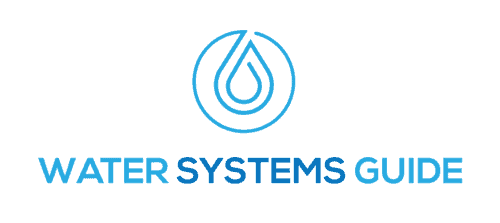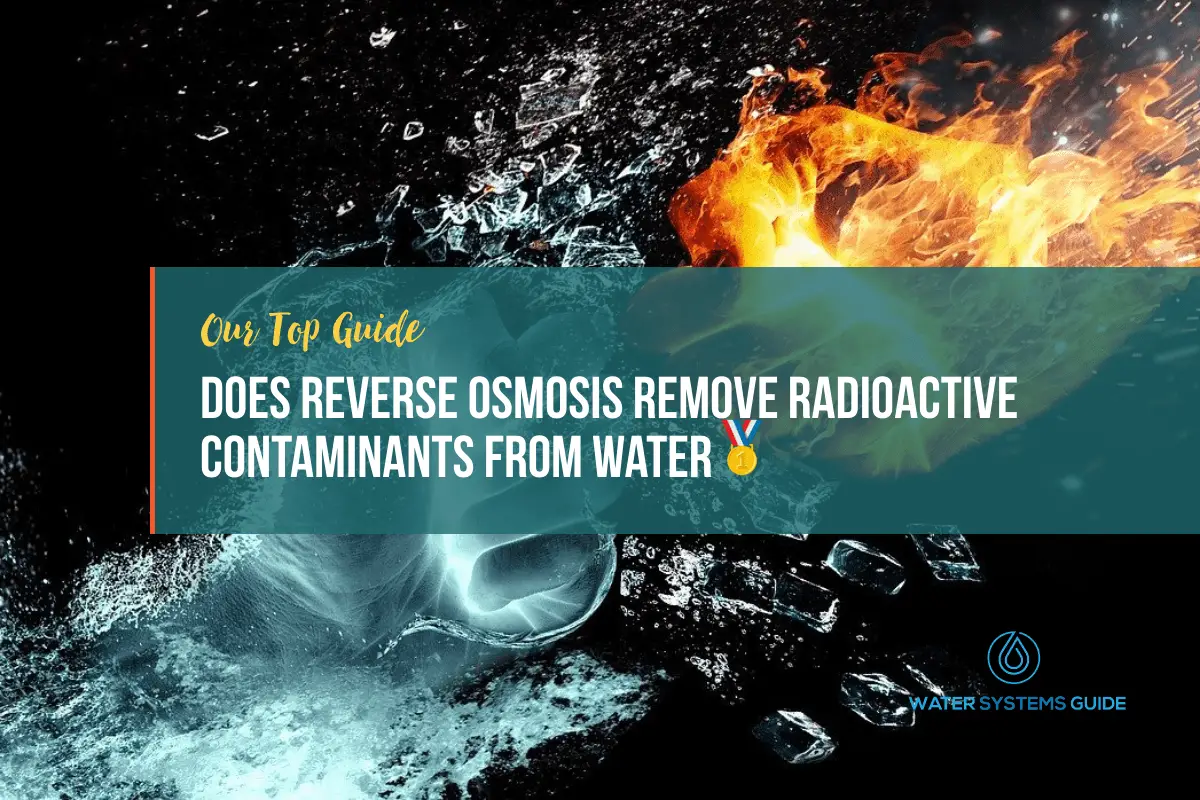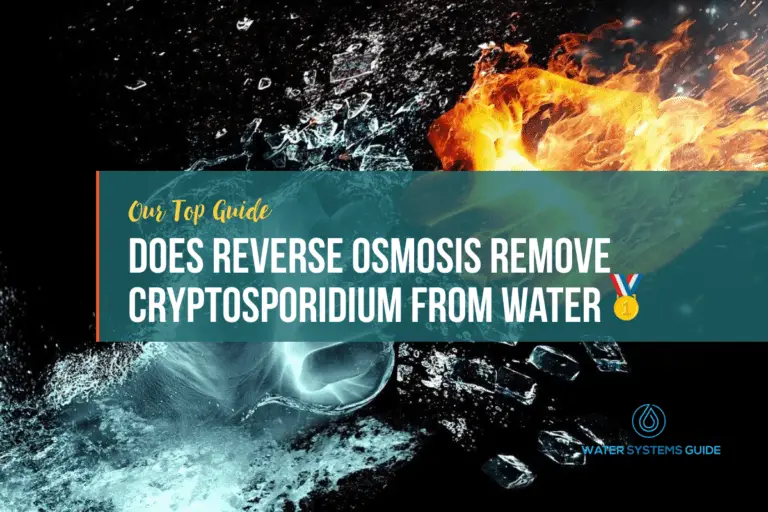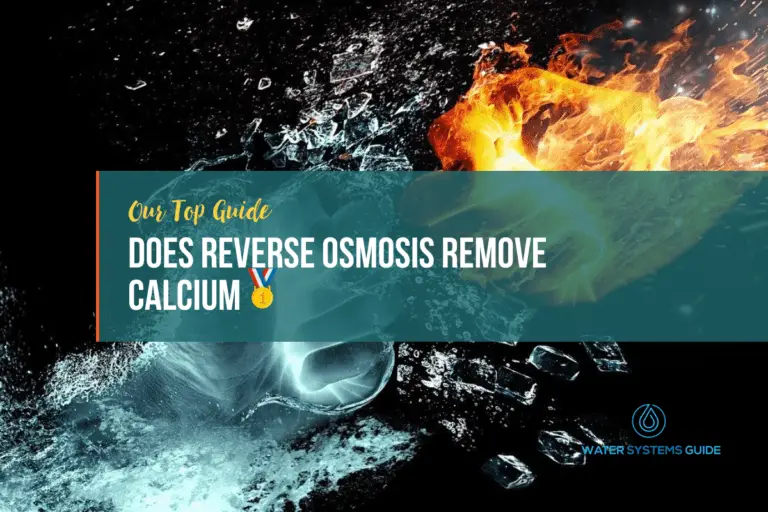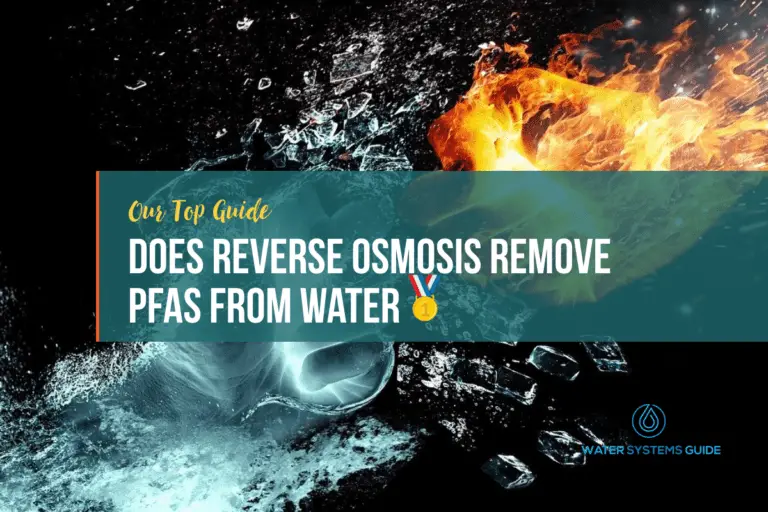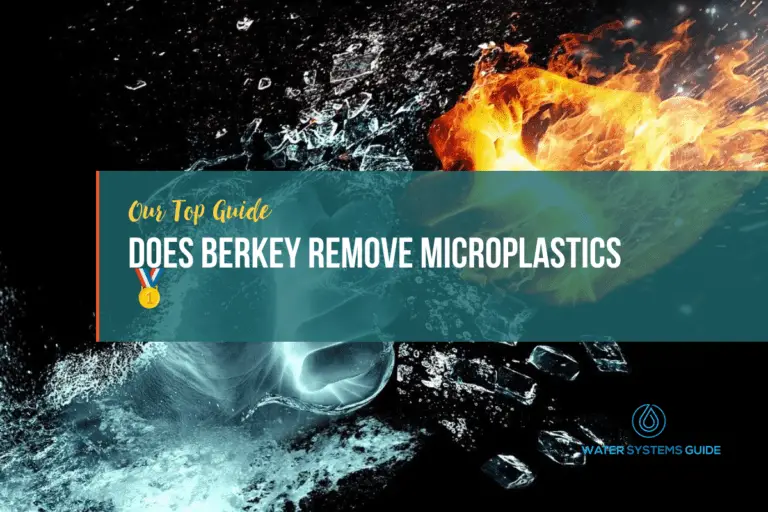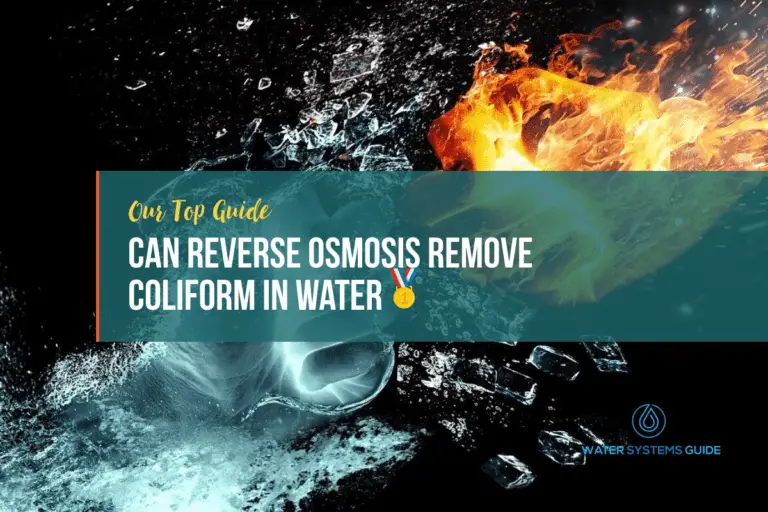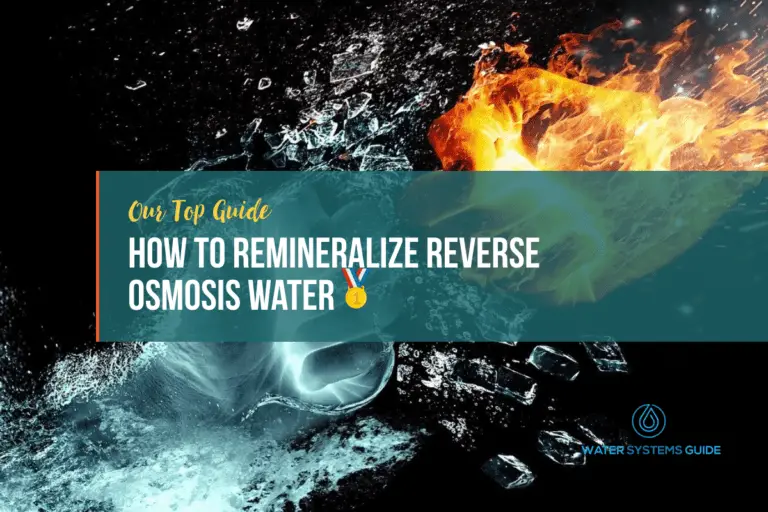Does Reverse Osmosis Remove Radioactive Contaminants From Drinking Water
How Does Reverse Osmosis Work?
What are radioactive contaminants and where are they usually found?
Radioactive contaminants are usually found in areas where there has been nuclear activity, such as power plants or nuclear waste sites. They can also be found in naturally occurring deposits, such as uranium mines. Radioactive contaminants can enter the environment through air, water, or soil.
With that being said, how exactly do radioactive materials get into the water supply?
How does radioactive material get into a home’s water supply
There are many ways that radioactive material can get into a home’s water supply. One way is through the use of contaminated water to irrigate crops. If the water is not properly filtered, it can end up in the home’s water supply.
Another way is through the release of radioactive materials into the environment from nuclear facilities, which would potentially infect both municipal and well water sources. If these materials are not properly contained, they can contaminate water supplies.
As we’ll discuss in the next section, radioactive materials can be devastating to human health, with radiation causing damage on a cellular level, to human DNA.
The Impact Of Radiation on Human Health
There is no safe level of radiation exposure, and even small amounts of radiation can cause health problems. The effects of radiation exposure depend on many factors, including the type of radiation, the amount of radiation, the duration of exposure, and the person’s age and health at the time of exposure.
Exposure to high levels of ionizing radiation can cause acute health effects such as skin burns and radiation sickness. It can also lead to long-term health problems such as cancer. Exposure to lower levels of ionizing radiation may not cause any immediate health effects, but it can still damage cells in the body and lead to an increased risk of cancer.
Therefore, ensuring that radioactive materials are not in the water supply is of utmost importance, since they can cause serious health issues.
Does Reverse Osmosis Remove Radioactive Contaminants From Water?
Reverse osmosis is a water purification technology that is used to remove contaminants from water. Radioactive contaminants can be removed from water using reverse osmosis, but the process is not 100% effective. With that being said, not all RO systems are created equally, they differ in several ways including the number of filter stages, with some units having additional filtering stages, which optimize its function for removing certain contaminants (including radioactive compounds). So we advise reaching out to the manufacturer to confirm whether a particular RO water filtration system is able to remove all radioactive contaminants.
Therefore, once you’ve tested your water, if there is radioactive present, you should consult with a water treatment specialist to find a system that will effectively remove them.
What Else Does Reverse Osmosis Remove?
How Else Can I Remove Radioactive Substances from My Water Supply?
There are a few other ways to remove radioactive particles from water, including ion exchange, activated carbon filters.
Ion exchange is a good means of removing such contaminants, with the EPA noting that “Ion exchange has been identified by EPA as a “best available technology”(BAT) and Small System Compliance Technology (SSCT) for radium, uranium, gross alpha, and beta particle and photon emmiters. It can remove up to 99 percent of these contaminants depending on the resin, pH, and competing ions.”
Conclusion
In conclusion, does reverse osmosis remove radioactive water? It does, but we’d recommend choosing the type/model of RO unit wisely, with some being much more effective than others. Additionally, if you suspect radioactivity in your water supply, it’s recommended to get your water professionally tested, to see which type of RO system is ideal for your situation, whether it’s a POU (under sink RO unit) or POE (whole house RO unit) system.
